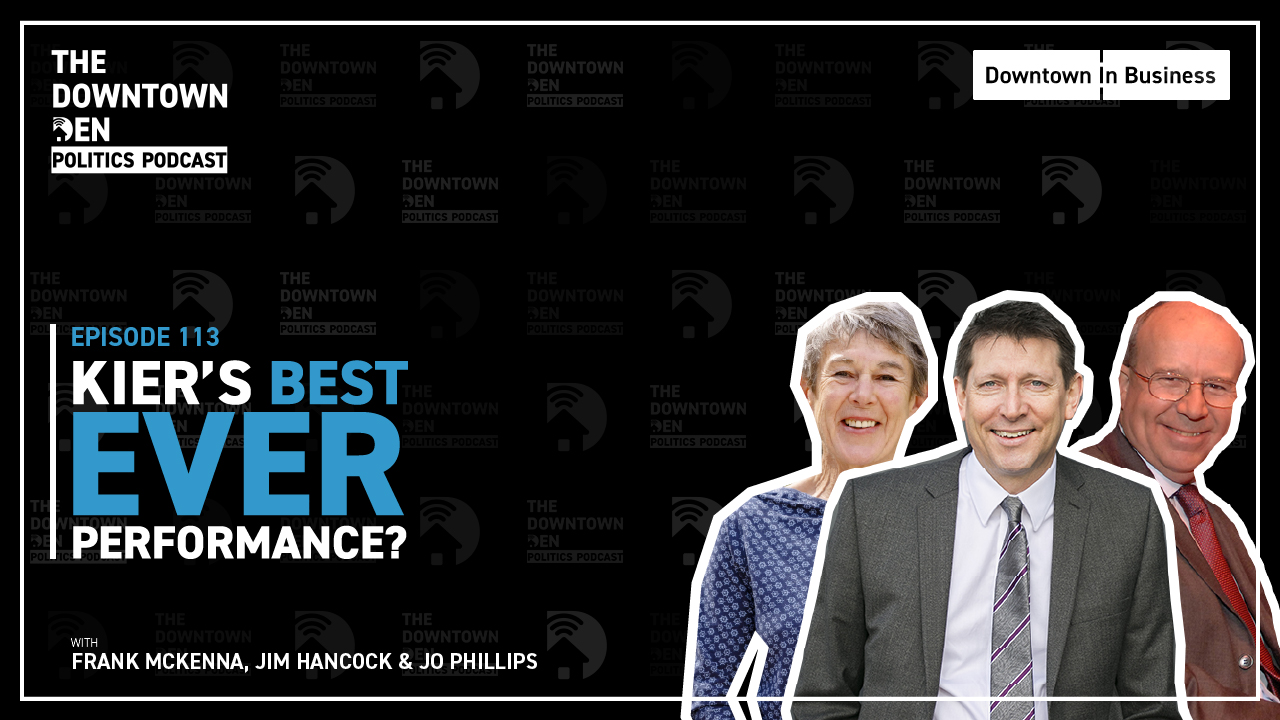According to Avison Young’s UK Cities Recovery Index, multiple sectors in Northern cities including Leeds, Liverpool and Manchester were showing signs of resilience despite increased local social distancing restrictions. However, with a new national lockdown now in place, the cities’ tentative recoveries are at risk once again.
Avison Young has created the UK Cities Recovery Index to help monitor the way in which COVID-19 is impacting the UK’s major cities. It enables up to date assessments and analysis of the rate and trajectory of the recovery and identifies trends that will determine the future of the property sector, cities and of society as a whole.
The Sector Indices are combined into an overall Recovery Index score, which illustrates the evolution of urban impact and recovery over time since 29th February 2020, before COVID-19 hit the UK.
Over recent weeks, the Commercial Sector Index for all three cities has been performing well, reaching 90.3, 102.8 and 101.7 for Leeds, Liverpool and Manchester respectively, outpacing the National Index of 83.7. The steep surge in activity in Liverpool and Manchester in particular, is attributed to increased HGV movements.
The recovery of the housing market has also been notable in recent months, with the three cities exceeding pre-lockdown levels of activity. The Residential Sector Index for Leeds stood at 117.9 on 1st November, exceeding the pre-lockdown level, with Manchester also recording a near-high of 120.6 for the same time period. Although the figures are still positive overall, tier three restrictions in Liverpool have impacted the residential sector, with figures decreasing from 130.7 to 121.9 on 1st November. This is attributed to reduced activity in the market as the post-restrictions rush fades and the reality of new measures come into effect.
However, as a national lockdown comes into effect right across the country, already strained sectors, including retail, hospitality and leisure, are expected to fall into further decline.
Leeds, Liverpool and Manchester all benefitted from the summer’s ‘Eat Out to Help Out’ scheme but since then, they have all struggled to varying degrees. These sectors did see a small uptick in activity during the recent schools’ half term period, with the slight increase in retail footfall also being attributed to people looking to make final purchases before the additional measures came into effect and stores closed.
Stephen Cowperthwaite, principal and managing director at Avison Young in Liverpool, said: “With Liverpool City Region being the first area to be placed under the tier 3 restrictions and now, as we begin a new period of national lockdown, it is unsurprising that a number of Sector Indices are reporting a decline in activity.
“The health and wellbeing of residents is vitally important but, without the right financial support, in which respect, the extension of furlough is welcomed, the region’s hospitality and leisure sector in particular will be devastated. For many, the new restrictions will be the final straw.
“Liverpool is a city of firsts and the launch of locally delivered mass testing in the city, will again shine a light on our global excellence in digital, health and life sciences, putting Liverpool front and centre of the UK’s recovery.
“Liverpool’s own recovery must address threats to lives and livelihoods, while also placing physical and mental wellbeing at the centre of policy making. It must create a broader, sustainable and inclusive economy that builds upon the city’s key strengths in life sciences, health, innovation and digital and creative industries, to continue Liverpool’s renaissance as a world class cultural city.”
The Return to Office Sector Indices for the three cities have all either plateaued or declined in recent weeks, with Leeds standing at 57.1 on 1st November, having receded slightly from the recovery peak of 61.7 on 14th September. Liverpool and Manchester’s figures stand at 66.3 and 63.2 respectively on the 1st November.
The Mobility Sector Index for each city, which looks at levels of walking, driving, and transit use, has also steadily declined over recent weeks.
The UK Cities Recovery Index can be accessed using Avison Young’s unique and intuitive platform with data that is constantly updated via the Daily Activity Recovery Tracker (DART) – a grouping of the highest frequency indicators, which give an early view of the likely trajectory of the full Index. Avison Young’s UK Cities Recovery Index can be found here.









